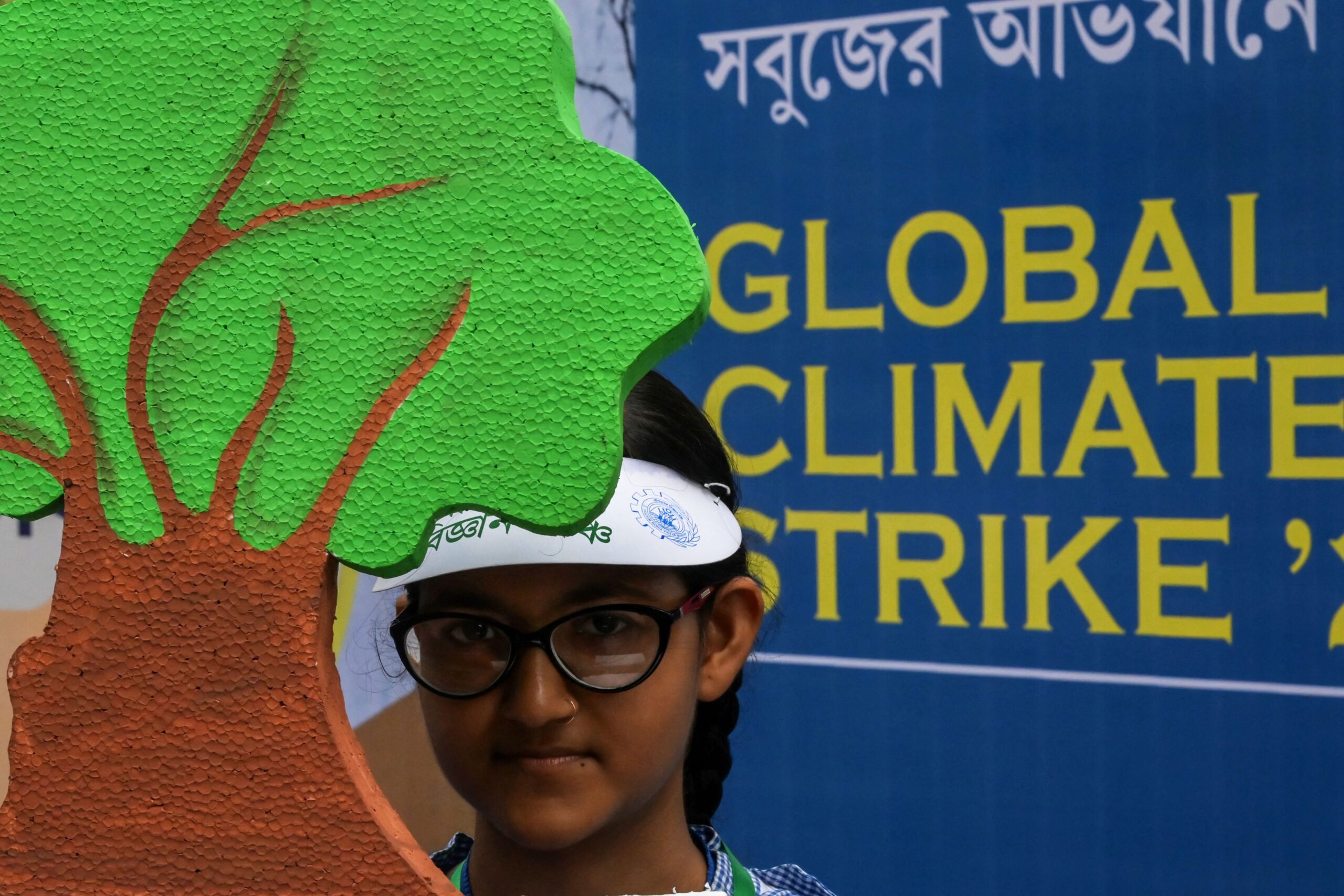- Monday, April 29, 2024
The pledge to cut carbon dioxide emissions by 68 per cent by 2050 would require major investments by countries to shift to sustainable cooling technologies

By: Eastern Eye
INDIA is unlikely to sign onto a global pledge to reduce cooling-related emissions at the COP 28 climate meeting, citing the need for the world’s most populous country to have affordable cooling, two government officials told Reuters.
The pledge to cut coolingrelated carbon dioxide emissions by at least 68 per cent by 2050 compared with 2022 levels was developed by the United Nations Environment Programme’s Cool Coalition and COP28 host the United Arab Emirates.
The pledge would require major investments by countries to shift to sustainable cooling technologies and also raise the cost of such products.
It is expected nations will announce their decision on the cooling pledge at the annual climate conference in Dubai from November 30 to December 12.
India and China, two of the world’s key economies and carbon emitters with a combined population of over 2.8 billion, are key to the success of the cooling pledge.
India is “probably the single most important country for this pledge,” said Brian Dean, head of energy efficiency and cooling at Sustainable Energy for All, which helped to develop the pledge.
“They’ve been ahead of the curve on doing what’s needed for their country on cooling with the India Cooling Action Plan. And it would be a really important global signal if they were to sign the pledge,” he said.
New Delhi is not willing to undertake targets above those committed to in 1992 under the multilateral Montreal Protocol to regulate production and consumption of ozone depleting chemicals and hydrofluorocarbons used in refrigerators, air conditioners and insulating foams, the government officials said.
India’s environment ministry did not reply to a request for comments. The officials spoke on condition of anonymity as India’s stand is still being considered.
The country aims to reduce its power demand for cooling across sectors by 20 per cent – 25 per cent by 2038 under its own cooling action plan announced in 2019.
“India’s per capita emissions and energy consumption are very low. Its cooling requirements are set to grow multifold in the coming years and it cannot risk committing to investments that will make cooling expensive,” one of the government officials said.
The south Asian country’s electricity consumption for household air conditioners is expected to increase ninefold by 2050, outpacing growth in every other major household appliance, according to data published this week by the International Energy Agency (IEA).
Between 2019 and 2022, India’s electricity consumption for air conditioning increased 21 per cent and nearly 10 per cent of its electricity demand comes from those appliances. Its per capita carbon emissions are around two metric tons against the world average of around five metric tons.
Dean said the cooling pledge is an opportunity for countries to receive funding from other countries and philanthropies.
“So if India doesn’t sign, it’s an opportunity for other countries to take advantage of future financial flows,” he said. (Reuters)